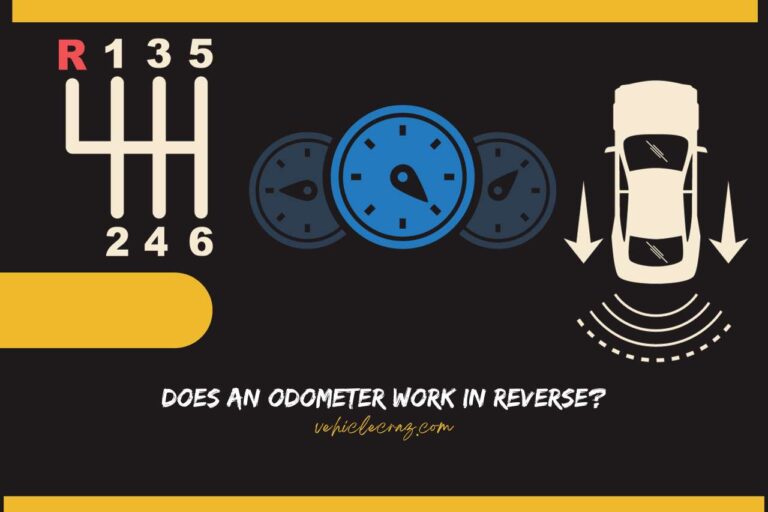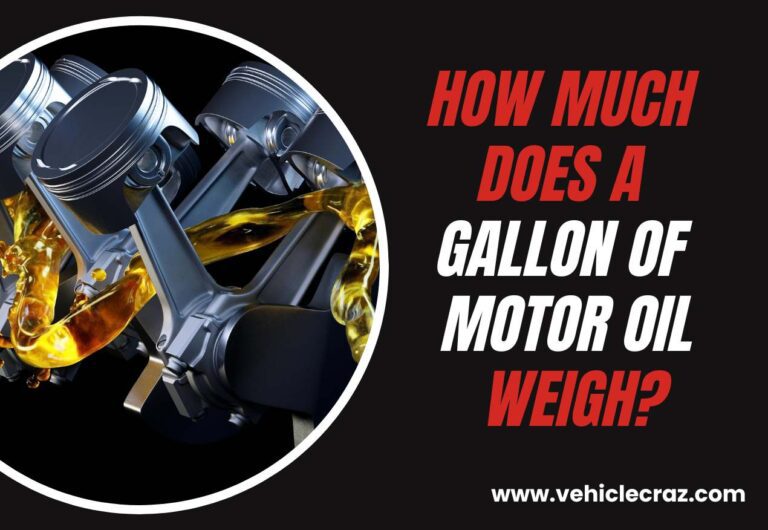Can You Put Fuel Stabilizer In Mixed Gas?
In two-stroke engines, gasoline is mixed with oil before being added to the fuel tank. You may wonder if adding a stabilizer to this mix will affect engine performance or the oil’s lubricating properties. So, can You Put Fuel Stabilizer In Mixed Gas?
What is Mixed Gas?
Mixed gas, also known as pre-mixed fuel, is a combination of gasoline and oil that is used as fuel in two-stroke engines. In these engines, the fuel and lubricating oil are mixed together before being added to the fuel tank. The oil serves as both a lubricant for the engine’s moving parts and a component of the fuel mixture that is burned during combustion.
The ratio of gasoline to oil in mixed gas is typically specified by the manufacturer of the two-stroke engine and is usually expressed as a ratio of parts, such as 50:1 or 40:1. This ratio indicates the amount of gasoline to be mixed with a specific amount of oil. Using the correct ratio is crucial for ensuring proper lubrication and performance of the engine.
Mixed gas is commonly used in small engines found in equipment such as chainsaws, leaf blowers, and lawn mowers, as well as in some motorcycles and boats. It is important to use the correct ratio of gasoline to oil as specified by the manufacturer to avoid engine damage and ensure optimal performance.
Can You Put Fuel Stabilizer In Mixed Gas?
Yes, you can put fuel stabilizer in mixed gas. Fuel stabilizers are additives designed to prolong the shelf life and maintain the quality of gasoline, whether it’s mixed with oil for two-stroke engines or not. When added to mixed gas, fuel stabilizers can help prevent issues such as fuel degradation, varnish, and gum formation, especially during storage periods.
How to Use Fuel Stabilizer in Mixed Gas?
To use a fuel stabilizer in mixed gas for a two-stroke engine, follow these steps:
- Read the manufacturer’s instructions on the stabilizer’s label to determine the correct amount to add based on the volume of mixed gas you are treating.
- Pour the recommended amount of fuel stabilizer into a clean, empty fuel container. Then, add the appropriate amount of mixed gas to the container.
- Close the container and shake it vigorously for at least 30 seconds to ensure thorough mixing of the stabilizer with the mixed gas. This will help distribute the stabilizer evenly throughout the mixture.
- Once the stabilizer is mixed with the gas, you can use the mixture as you normally would in your two-stroke engine. Ensure that the engine is properly lubricated and running smoothly.
- If you are using the mixture for storage, make sure to store it in a tightly sealed container in a cool, dry place away from direct sunlight and sources of heat.
Pros and Cons of Using Fuel Stabilizer in Mixed Gas
Using a fuel stabilizer in mixed gas for two-stroke engines has several advantages and a few potential drawbacks. Here’s a detailed look at the pros and cons:
Pros
- Fuel stabilizers help prevent fuel degradation, keeping the mixed gas fresh and usable for longer periods, which is especially useful for seasonal equipment.
- Stabilizers inhibit the formation of gums and varnishes in the fuel system, ensuring smooth engine operation.
- Some stabilizers contain corrosion inhibitors, which protect fuel system components from ethanol-induced corrosion.
- Stabilizers help maintain the combustibility and performance of the mixed gas, ensuring optimal engine performance.
- Adding stabilizer to mixed gas is a simple process and does not require any special equipment.
Cons
- Fuel stabilizers add to the cost of maintaining equipment, especially if used regularly.
- Stabilizers may lose effectiveness over time, especially if the mixed gas is stored for extended periods.
- Some stabilizers may not be compatible with all types of two-stroke engines or may require specific mixing ratios.
- Excessive use of stabilizers or using the wrong type can leave residue in the engine or fuel system.
Can You Mix Different Brands of Fuel Stabilizer in Mixed Gas?
Yes, you can generally mix different brands of fuel stabilizer in mixed gas without any issues. Fuel stabilizers are designed to be compatible with each other, so mixing different brands should not cause any adverse effects. However, it’s always a good idea to follow the manufacturer’s recommendations for mixing ratios and usage instructions to ensure the best results.
If you are unsure about mixing different brands of fuel stabilizer, you can consult with the manufacturers or refer to the product labels for specific guidance. Mixing different brands of stabilizer is unlikely to cause any harm to your engine or fuel system, but it’s always best to err on the side of caution and follow the recommended guidelines.
How Long Can You Store Mixed Gas with Fuel Stabilizer?
Mixed gas treated with fuel stabilizer can typically be stored for up to 12 months or longer under proper conditions. The storage duration depends on the type of stabilizer used, storage conditions, and equipment requirements.
Stabilizers vary in effectiveness and shelf life, so it’s crucial to follow the manufacturer’s recommendations. Store the mixed gas in a cool, dry place away from direct sunlight and heat sources to maintain its stability.
Regularly inspect the stored fuel for signs of degradation, such as color changes or odors. If degradation is detected, the fuel should not be used. By following these guidelines and using a high-quality fuel stabilizer, you can store mixed gas effectively for extended periods, ensuring it remains usable when needed.


I’m Alex, a seasoned mechanical teacher with over 20 years of hands-on experience in Australia. My passion for all things automotive has driven me to establish this blog, aiming to share my wealth of knowledge and expertise with fellow enthusiasts, DIYers, and anyone keen on understanding the mechanics behind the machines we rely on daily.







